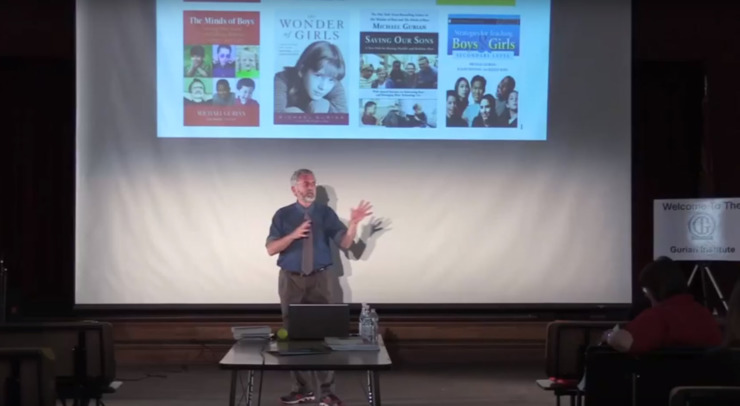Is Children’s Mental Health a School Issue or a Parent Issue?
We’ve been alerting our readers to issues in suicide prevention this last few weeks, and I want to follow up with a plea for community partnership on the issue of children’s mental health.
The newest national estimate for mental health medication-use among children sits between 1 in 4 and 1 in 5. It is likely, though, that more children use these medications. Also likely: more than 20% of American children struggle with depression, anxiety, ADD/ADHD, substance abuse, and other mental health issues. As suicide rates among our youth increase—for both boys and girls—our schools and families are challenged with a growing crisis. Your child or your neighbor’s child may be struggling.
When I travel and speak in communities, I hear the crisis framed as a “school” issue or a “parent/family” issue. Because federal, state, and local governments have limited funds to devote to suicide prevention, mental health counselor training in the schools, and teacher/administrator training in student mental health, many students fall through the cracks. While IDEA and IEP funding can help, it is just not enough.
In some school districts, suicide prevention programming of four hours is provided to students in 10th grade yet the district is seeing suicides in 8th grade. The lack of funding and training puts schools in a bad position as community members get angry at the schools for not doing enough.
On the other hand, school systems are acutely aware that a child’s home-life and lack of parent-knowledge about the signs of mental health crisis play an equal or larger role in the crisis. As parents, we adore our children. We will sacrifice anything for them. But we are not sure what they need nor how to help them get assistance, services, or medicine. We are also desperately unsure of what limits to put on their social media use, eating and sleeping habits, and relational dramas.
In the article of the week from Medline here (September 18, 2017), you’ll see survey-results from the C.S. Mott Children’s Hospital at the University of Michigan that show the dilemma we all face. The survey reveals that most parents do not believe schools can respond well enough to their child’s mental health issues. Parents believe that school nurses and other medical staff can do well with cuts and band aids—physiologic fixes—but not mental health. Meanwhile, school systems are saying, “We don’t have the funding, we need help from legislatures and parents.” And the schools are right.
In Saving Our Sons (2017) you’ll find a detailed section on negligence of mental health assistance for boys, parents, and schools, as well as what we can all do to deal with the mental health crisis among our sons.
In The Minds of Girls (January 2018), I will present similar research and strategies to help with the significant increase in anxiety and depression among our daughters.
One strategy that works for all children is parent/school/legislative partnership.
Whoever you are, I plead with you to meet with three other people right away to raise awareness of the issue, then meet with three others and three others. This really can happen! If you have had a suicide in your school district, it can be the impetus for you to meet in living rooms, classrooms, and elsewhere to form a plan. This plan—perhaps a petition, or an email campaign, or Town Hall meetings about social emotional learning and children’s mental health–will help legislatures, community members, and school systems all get on the same page.
We must remember (and point out to lawmakers and funding organizations): mental health issues are far more debilitating to school budgets, grades, test scores, discipline systems, and every other marker of success than are physical cuts and scrapes, scuffles and disagreements, and even physical bullying.
Really?
Yes.
What is happening in the brain is far more indicative of a child’s future success than most of what is happening in the body.
The Gurian Institute is actively involved in facilitating this conversation in any community that wants to move forward. Please contact us as you need us, and please do anything you can to help spark community-wide protection of your children’s mental health.
–Michael Gurian









